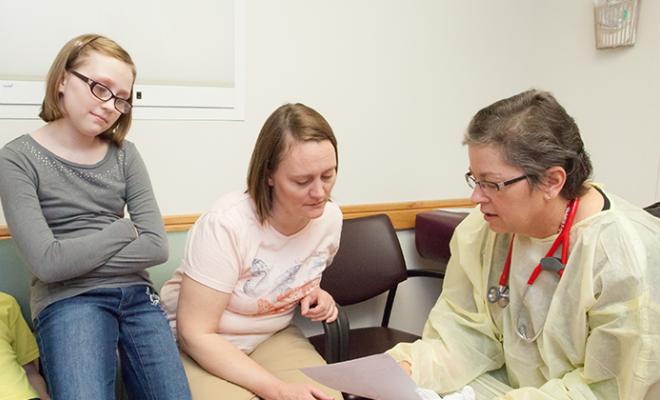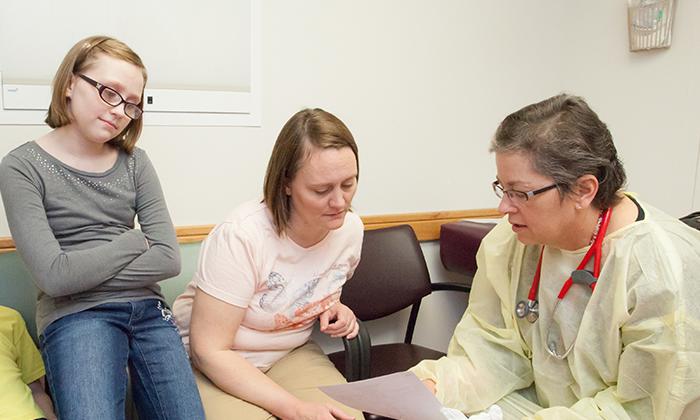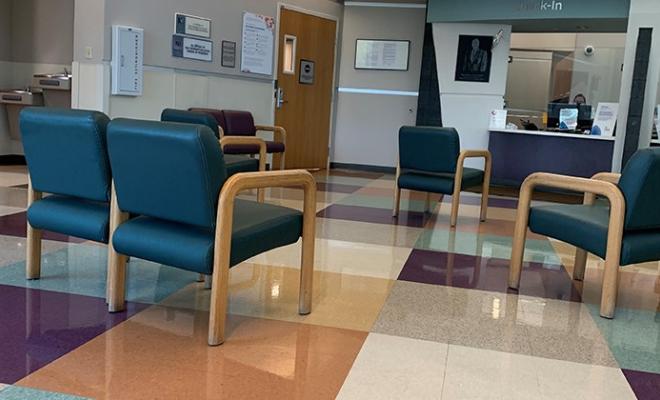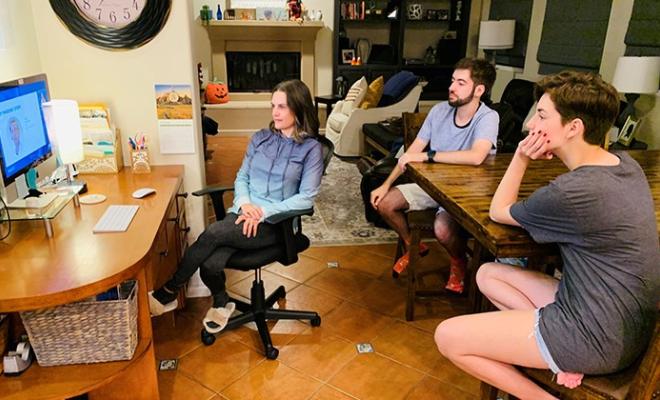Nurse practitioner and CF care provider Jennifer Hamilton, A.P.R.N., D.N.P., C.P.N.P., has helped lead the implementation and execution of infection prevention and control guidelines at the Intermountain Cystic Fibrosis Center in Salt Lake City. She recently sat down to talk with us about how her care team works together to keep people with CF safe.
How did your team start implementation of infection prevention and control (IPC) guidelines at your care center?
A big part of successfully implementing IPC guidelines is making sure all those involved are educated about how and why these policies are important. We first identified our stakeholders and got them involved in initial conversations about IPC plans. From there, we had conversations with the broader institution and with CF families.
What does IPC implementation look like at your care center?
It starts as soon as a patient enters our facility. Masks and hand sanitizer are available at the entrance of our building and signs encourage people to use them.
Once a patient makes it through the lobby, they come up to the second floor where our clinic is located.
The patient checks in with our receptionist and is immediately guided to an exam room. Patients do not wait in the clinic's waiting room, or in any waiting room in the facility.
Once the patient is in an exam room, a medical assistant is immediately notified and will gown and glove before entering the room. We try to keep patients in their rooms as much as possible while they are in clinic to minimize exposure to harmful bacteria and germs. In addition, hand sanitizer units are stationed throughout the facility, including at our check-in and security desks, in exam rooms and in hallways. Our nurses encourage patients to use hand sanitizer frequently during their visit, especially upon entering and exiting rooms, and all staff use sanitizer when entering or exiting a room.
When the visit is finished, the patient is discharged by a nurse who makes sure the hall and waiting areas are clear before the patient exits the building.
What strategies do you use to maintain clinic flow?
We have a white board in the staff work room that shows the names of all the patients who in to clinic that day and all of the different providers who need to see the patient. We use the board to keep track of our patients and personnel at all times. A check mark indicates a medical professional has entered the patient's room. An “X” indicates the medical professional has exited the room. Each staff member is responsible for keeping the white board current.
How do you handle implementation of IPC guidelines at an in-patient facility?
At our in-patient facility, we don't have as much control over the environment, so we work with closely with an IPC hospital team. We rely on that team to help implement IPC policies in the in-patient setting.
All CF patients are admitted to a single unit in the in-patient facility, and a designated CF nurse helps educate nursing staff and other member of the health care team about IPC guidelines. We also work hard to empower families to remind care givers to wear their personal protective equipment. Families can be great self advocates.
What advice do you have for care teams at other care centers who are struggling with IPC implementation?
Know who your stakeholders are and try to include them in the process. You may also want to get help from CF families. We have a parent advisory board that we rely on heavily if we receive push back about certain processes or protocols. Sometimes, requests about policy changes mean more if they come from families rather than the CF care team. Families have a very powerful voice.






